Luden Loquen SPACE (카페LN)
1.5Km 2019-11-26
5, Bukchon-ro 5na-gil, Jongno-gu, Seoul
+82-2-722-7597
Luden Loquen SPACE is a unique hanok cafe, located at the end of the alley where Bukchon Hanok Village starts. The cafe is not just an average café where you can drink tea or coffee but because of location and design it has an added sense of cultural value. Locals come to enjoy the best tea in town, brewed using high quality tea leaves with information on its origin attached. In addition to traditional drinks and sweets, the coffee shop offers a variety treats that combines Korean ingredients and modern desserts. The hanok building has been reinterpreted through a modern design.
Velvet Moon (벨벳문)
1.6Km 2021-03-26
39, Jahamun-ro 5-gil, Jongno-gu, Seoul
+82-10-4028-9957
This coffee shop roasts coffee beans directly. This Korean dishes restaurant is located in Jongno-gu, Seoul. The most famous menu is espresso.
Doseong (도성)
1.6Km 2021-03-26
15, Jahamun-ro 7-gil, Jongno-gu, Seoul
+82-2-738-8885
Sujebi jjambbong (Korean spicy seafood noodle soup with hand-pulled dough) is also a popular menu. This restaurant's signature menu is noodles in black bean sauce. This Korean dishes restaurant is located in Jongno-gu, Seoul.
Uraeok (우래옥)
1.6Km 2021-03-24
62-29, Changgyeonggung-ro, Jung-gu, Seoul
+82-2-2265-0151
This 2020 Michelin Guide restaurant specializes in Pyongyang-style naengmyeon (Korean cold noodle). The best menu at this restaurant is pyeongyang cold buckwheat noodles. This Korean dishes restaurant is located in Jung-gu, Seoul.
The Hanok (더 한옥)
1.6Km 2021-03-24
75, Gyedong-gil, Jongno-gu, Seoul
+82-2-743-7470
You can enjoy coffee in a hanok (Korean house). This restaurant's signature menu is coffee. This cafe is located in Jongno-gu, Seoul.
Pildong Myeonok (필동면옥)
1.6Km 2021-03-30
26, Seoae-ro, Jung-gu, Seoul
+82-2-2266-2611
Most foods from the northern region are characterized by their mild taste. In particular, Pyeongyang-style cold buckwheat noodles has a milder flavor compared to Hamheung-style cold noodles. Pildong Myeonok's cold buckwheat noodles may taste bland for those who are used to stronger flavors or seasonings, but it is praised by others who prefer mild flavors. The refreshing after taste of broth and chewy noodles are enough to delight one's tastebuds.
Pyeongyang-style dumplings is another popular dish at Pildong Myeonok.
Estación de Seúl (서울역)
1.6Km 2023-08-11
Hangang-daero 405, Yongsan-gu, Seúl
Se trata de una terminal de todas las líneas de Gyeongbu (Seúl-Busan), KTX (tren de alta velocidad de Corea), trenes Saemaul, Mugunghwa y Nuriro (tren eléctrico ecológico). También tiene una línea de conexión llamada AREX (Airport Express) que une esta estación con el Aeropuerto Internacional de Incheon. En la Estación de Seúl se registra el mayor número de pasajeros en Corea, con un promedio diario de 100.000 pasajeros que entran y salen del complejo de la estación de tren, que incluye el nuevo edificio terminado en 2003. La Tienda Departamental Galleria y el hipermercado Lotte Mart, que se encuentran en las inmediaciones, también son lugares muy populares.
Lotte Outlets (Sucursal de la Estación de Seúl) (롯데쇼핑 롯데아울렛 서울역)
1.6Km 2024-02-20
Hangang-daero 405, Yongsan-gu, Seúl.
Tiendas de Hanbok del Mercado Gwangjang (광장시장 한복매장)
1.6Km 2024-02-01
Changgyeonggung-ro, 88, Jongno-gu, Seúl
Parque del Monte Namsan en Seúl (남산공원(서울))
1.6Km 2024-02-22
Samil-daero 231, Jung-gu, Seúl.
El Parque del Monte Namsan (265 m sobre nivel de mar) está en un monte emblemático del centro de la ciudad de Seúl. Pese a que no es muy alto, gracias a su ubicación y la vista panorámica que se logra desde su cumbre, el monte Namsan es muy popular como lugar de descanso.
Sobre la cumbre del monte Namsan hay varias instalaciones de prestaciones públicas tales como Palgakjeong (sala octogonal), Namsan Seoul Tower y la Biblioteca de Namsan, entre otras. Para llegar a la cima, podrá optar por subirse a un teleférico o ir por un sendero escalonado. Además de esta senda de escalones, hay muchos otros caminos para subir a pie a la cumbre partiendo de Namdaemun, Hoehyeon-dong, Toegye-ro 3 -ga, Parque Jangchung, Itaewon, Huam-dong, etc.
El Parque del Monte Namsan también es un sitio histórico. En la cumbre del monte hallará el Bonghwadae (montículo de almenara) porque este fue una vez el centro de defensa de la capital. Durante la dinastía Joseon (1392-1910), la capital fue fundada en Hanyang (la actual Seúl) y para proteger a la ciudad de las invasiones, se construyeron muros de protección en las cuatro montañas principales: Bugaksan, Inwangsan, Naksan y Namsan.
Sobre el pico de Namsan, se levantaron cinco montículos de almenara para informar al gobierno central las noticias del gobierno local con un sistema de señales de fuego. También sobre la cima del monte Namsan, se encuentra el pabellón Palgakjeong, desde el cual se tiene una fantástica vista panorámica.
Desde Namsan Seoul Tower (479,7 metros de altura), podrá ver un panorama de la ciudad. El restaurante giratorio sobre la torre ofrece también vistas grandiosas. Se recomienda especialmente ir a visitar este lugar de noche, para disfrutar de las vistas de la ciudad bellamente iluminada.

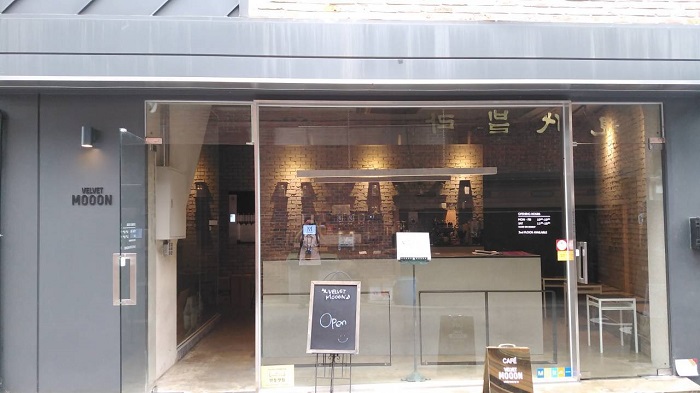
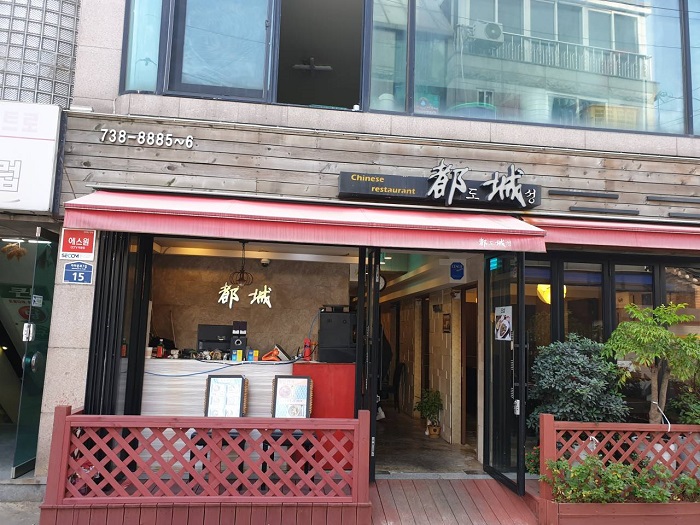

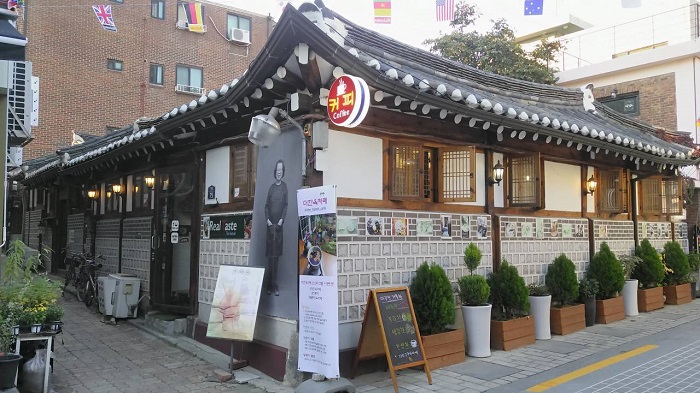
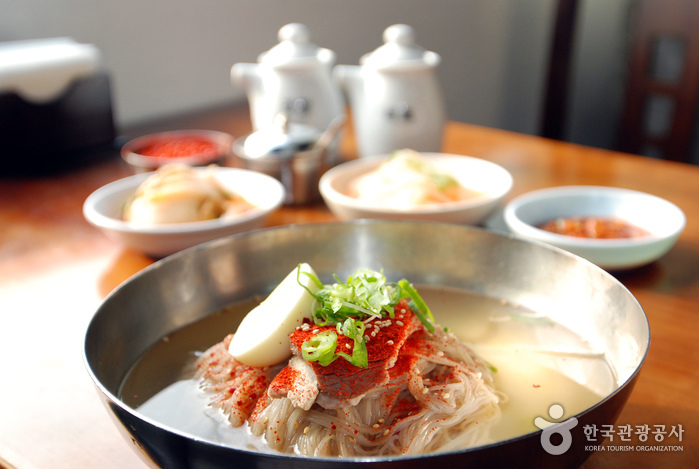
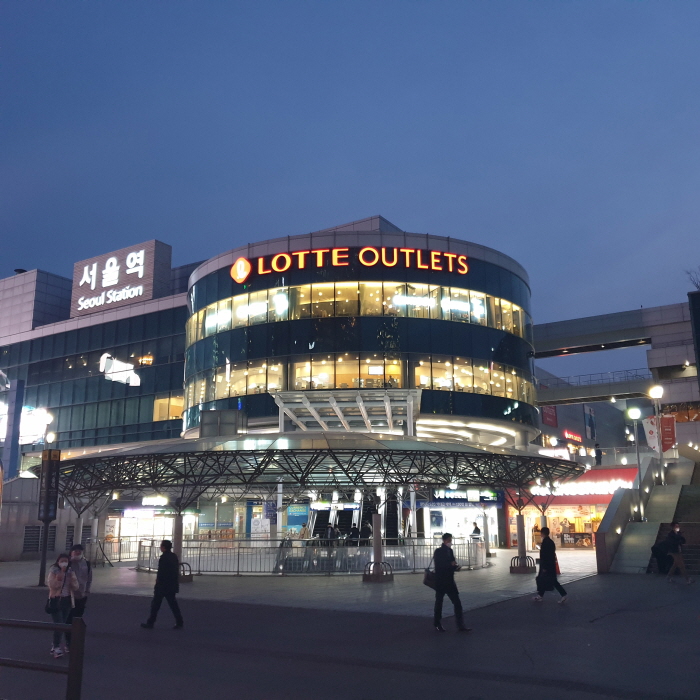
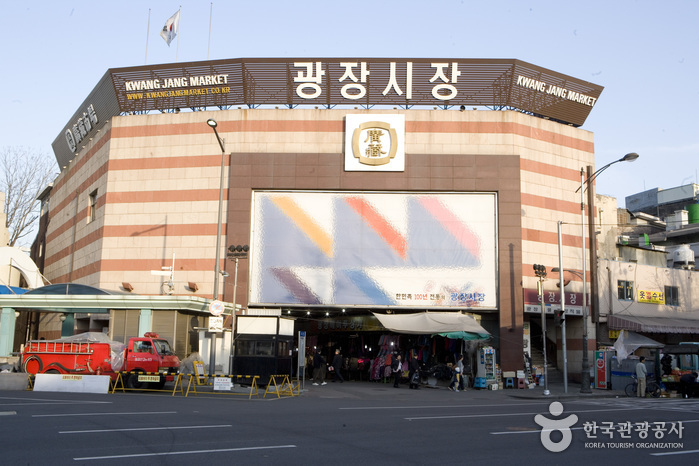
 Español
Español
 한국어
한국어 English
English 日本語
日本語 中文(简体)
中文(简体) Deutsch
Deutsch Français
Français Русский
Русский